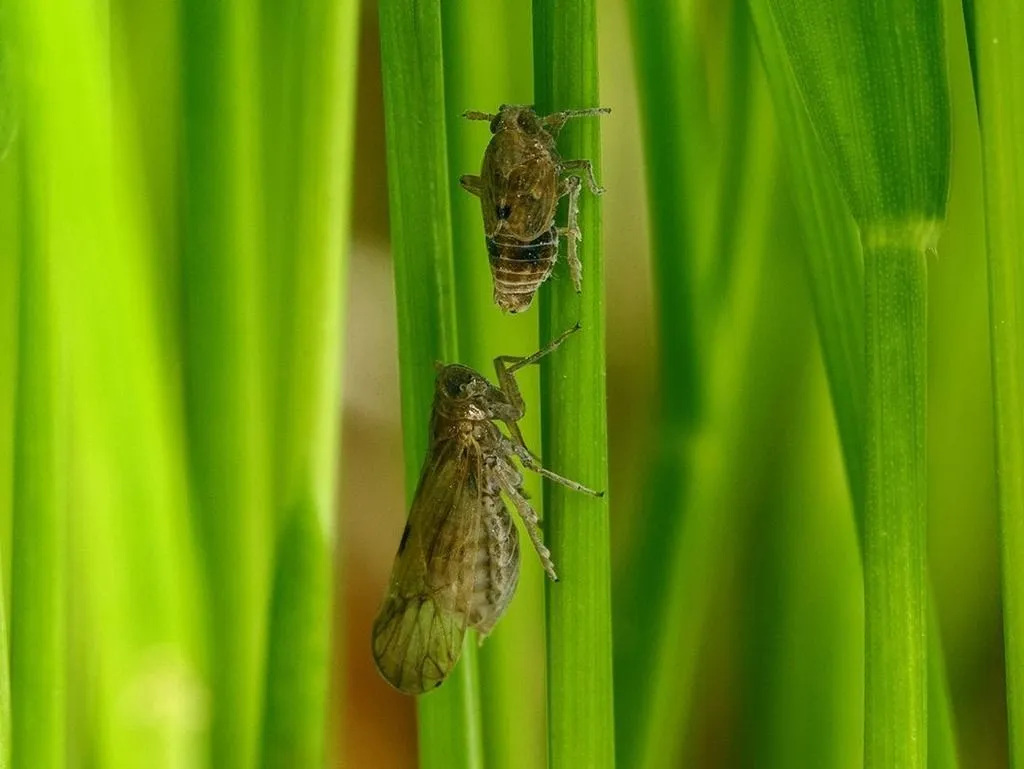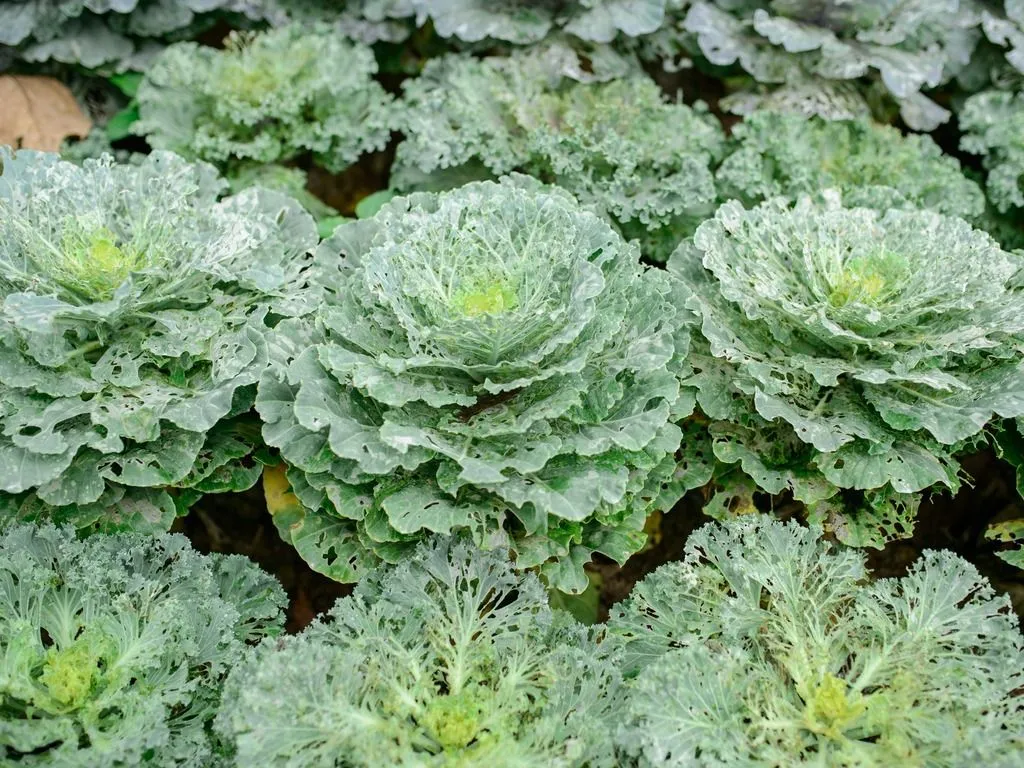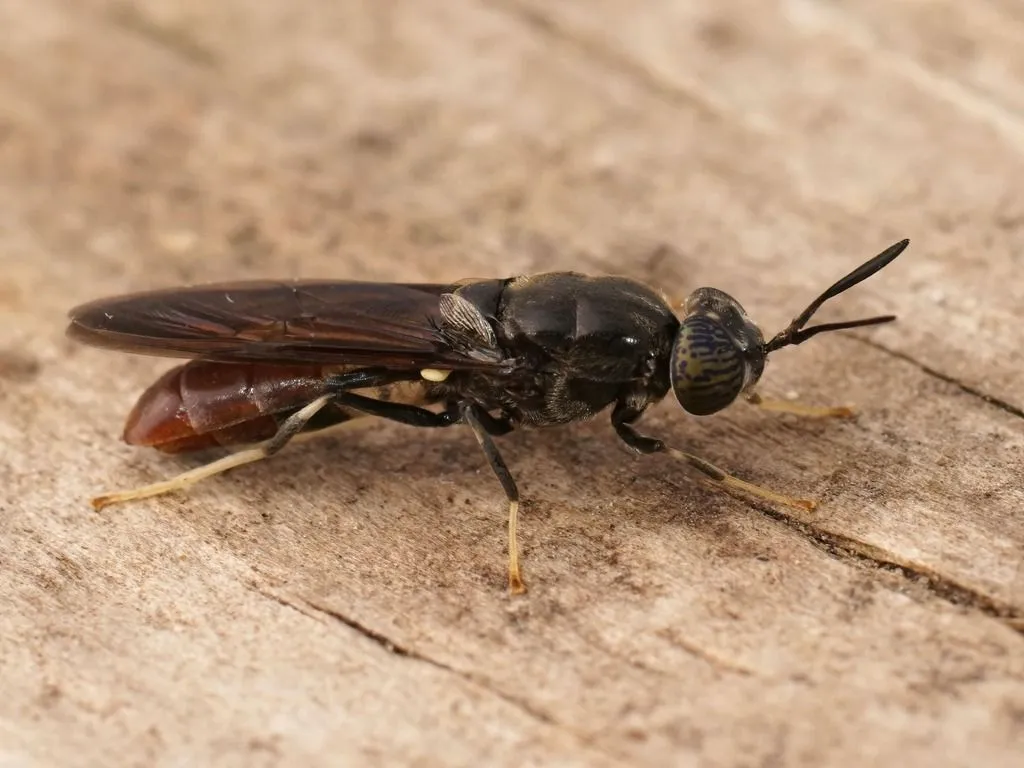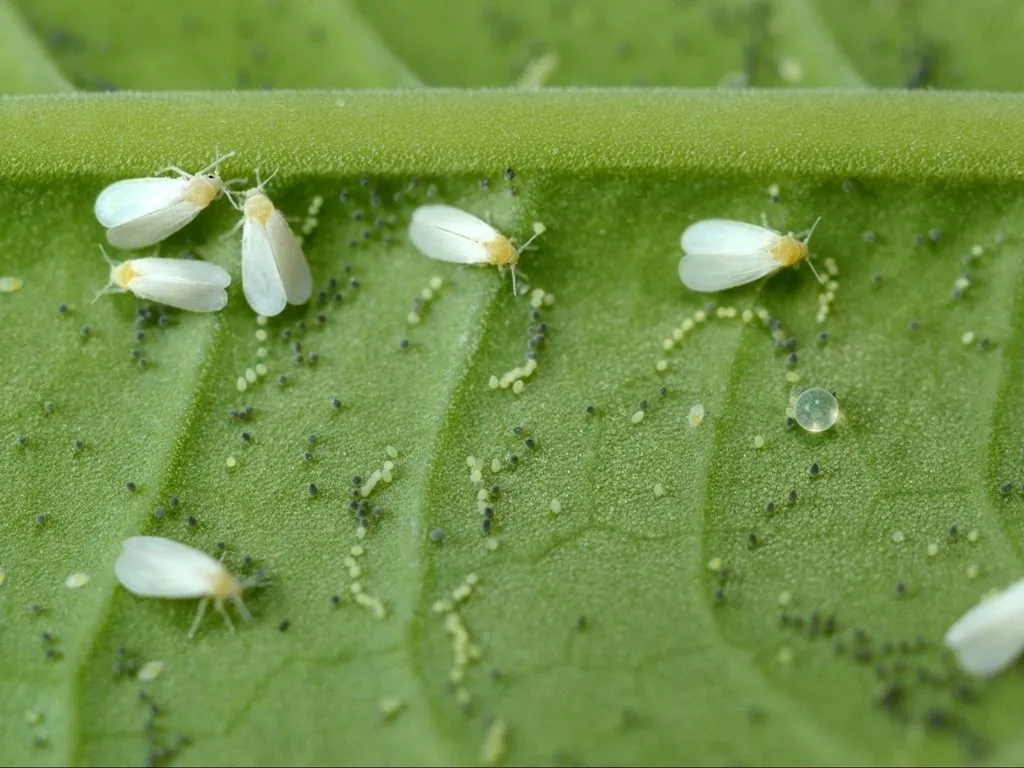What can I use EntoLab for?
EntoLab was originally designed as a high-throughput system for phenotyping plant resistance against chewing or sucking insects through video tracking of insect behavior. Hundreds of plant genotypes can be compared in a few days using assay plates with up to 300 individual arenas.
Talk to the experts
Applications of EntoLab

Plant breeding
Plant breeding focuses on developing crops with enhanced resistance against insects. By studying surface structure preferences, researchers can identify traits that deter insect pests. Additionally, treatment effects on plant-insect interactions are analyzed, aiding in the selection of more resilient crop varieties.

Beneficial insects
Behavioral phenotyping of beneficial insects is crucial for understanding their habitat tolerance to varying conditions such as heat, cold, humidity, and drought. Memory retention studies help evaluate their effectiveness in ecological roles, while quality control ensures the reliability of mass-reared insects for biological control programs.

Insecticide testing
Insecticide testing examines tolerance development within insect populations, including feeding preference and anti-feeding responses. Researchers assess various modes of action, such as stomach toxicity, contact toxicity, and the effectiveness of fumigants. Repellents are also tested through two-choice or multiple-choice assays to determine their impact on insect behavior.
Behavioral ecology
EntoLab allows you to test the olfaction of insects through methods like headspace testing. This allows you to test either the attraction or repellence to certain compounds. Associative learning allows you to understand how insects form connection with these sensory experiences. Genetic analysis is used to link these behavioral traits to specfic genotypes.
How do I use EntoLab?
EntoLab is an integrated software/hardware system consisting of a compact observation chamber and a comprehensive software package. On our setup page we explain how the software and hardware interact and how you can setup your EntoLab experiment.
Don't know where to start?
We're happy to help
Book a meeting for an online or onsite session.
Together, we can discuss your research requirements and come up with the best solution!